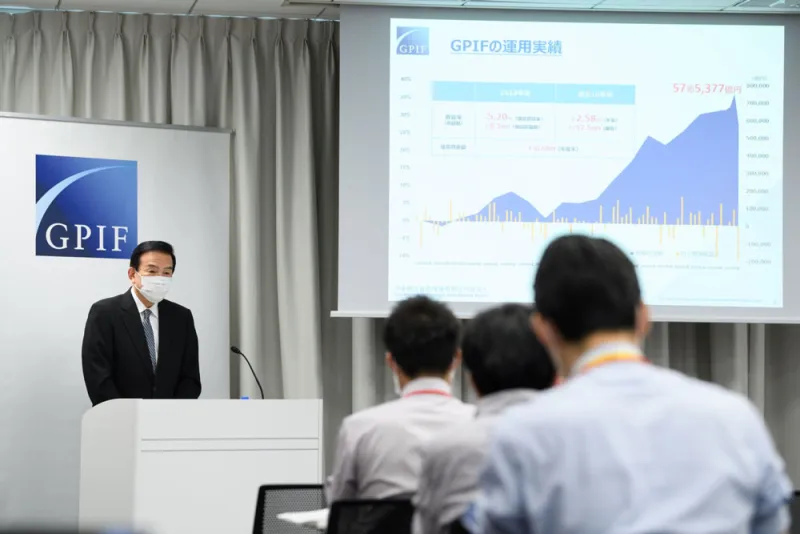The top 100 asset owners controlled $20.1 trillion in global assets at the end of 2019 — a 6 percent jump from the year before, according to a new annual ranking.
In its annual Top 100 Asset Owners study, published Monday, consultant Willis Towers Watson’s Thinking Ahead Institute reported that by itself, Japan’s Government Pension Investment Fund weighs in at nearly $1.6 trillion in assets. That fund, the government pension system of Norway, and China’s sovereign wealth fund have dominated the list for three years running now.
Allocators oversaw a median of $111.8 billion, up from $102.9 billion in 2018. The top 20 funds, including the National Pension of South Korea and the U.S.’s Federal Retirement Thrift program, control $11 trillion, or 54 percent of the total. Decisions by these allocators are responsible for driving short- and long-term shifts in public and private global markets.
[II Deep Dive: America’s Public Pension Challenges Can Be Fixed. Canada Is Proof.]
The world’s biggest investors have become increasingly active in the companies they own and in sustainability issues, including reducing the impact of climate change, according to Willis Towers Watson. Teachers, municipal employees, and other pension beneficiaries are shaping agendas, including “reducing emissions from portfolios and investing in assets that will support the transition towards a low-carbon economy,” the report said.
A growing number of the pension and sovereign wealth funds on the list are hoping to address societal issues without having to give up on financial returns. Some of the techniques they are employing to do that include implementing passive investment strategies, rather than more expensive active funds.
Still, most allocators are behind other financial services firms when it comes to governance and culture. According to the consultant, these limitations rein in the influence that asset owners can actually have on climate change, diversity, and other societal problems.
As part of the study, Willis Towers Watson expects regulations to increase in the coming years and returns to be lower on a broad range of investments. The consultant also singled out China as a challenge on its own. Allocators need to develop a better understanding of how to invest in mainland China and the specific factors and trends that influence Chines markets, according to the report.
Some 36.1 percent of the total funds controlled by the 100 largest allocators — comes from pensions and sovereign wealth funds in the Asia Pacific region. The remainder of assets is split almost evenly between Europe, the Middle East and Africa — or EMEA — and North America.
Pension funds control the majority, almost 61 percent, of the $20 trillion. That’s up 1.7 percent from 2019. Sovereign wealth funds represent most of the remainder. SWF assets declined between 2018 and 2019 by 1.3 percent. Only 7 percent is run by outsourced chief investment officers and master trusts.
When looked at by country, the U.S. dominates, with a little over 27 percent of the total. Japan follows at number 2, with 10 percent, and China is next on the list with 8.5 percent.







